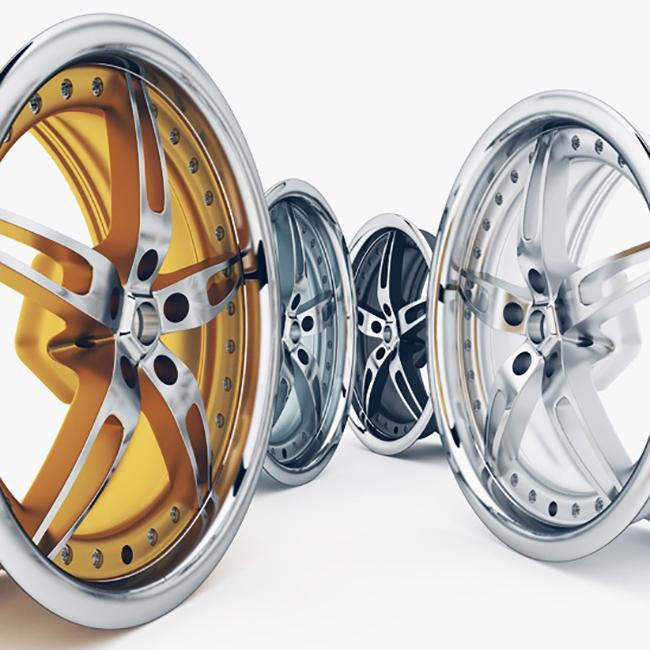v ring seals
Understanding V-Ring Seals A Comprehensive Overview
V-ring seals, commonly referred to simply as V-rings, are essential components in various mechanical systems, known for their ability to provide effective sealing solutions. Designed to operate in a wide range of applications, these seals play a crucial role in preventing leakage, reducing contamination, and enhancing the overall efficiency of equipment.
Understanding V-Ring Seals A Comprehensive Overview
One of the most notable advantages of V-ring seals is their versatility. They can be used in various applications, from automotive engines to industrial machinery, ensuring optimal performance in both dynamic and static conditions. V-rings are typically constructed from elastomeric materials, which provide excellent flexibility and resilience, allowing them to maintain a tight seal even under extreme temperatures and pressures.
v ring seals

The installation of V-ring seals is relatively straightforward, which further contributes to their popularity. They can be mounted directly onto a shaft, and their design allows for easy adjustment during installation, accommodating different tolerances and alignment issues. This ease of use reduces installation time and labor costs, making V-rings an attractive option for manufacturers and maintenance professionals alike.
Moreover, the reliability of V-ring seals can significantly impact the longevity of equipment. By effectively sealing off critical areas of machinery, they help minimize wear and tear caused by fluid leakage or contamination. This protection not only ensures smoother operation but also contributes to lower maintenance costs and reduced downtime.
However, the performance of V-ring seals is influenced by several factors, including material selection, operating conditions, and the specific design of the seal. Choosing the right material is crucial; for instance, V-rings made from nitrile rubber are suitable for petroleum-based fluids, while those made from fluorocarbon are better for more aggressive chemicals. Additionally, understanding the operational environment, such as temperature extremes and the presence of abrasive particles, is vital for selecting the appropriate seal type.
In conclusion, V-ring seals are a critical component in many mechanical applications, offering effective sealing capabilities that enhance the performance and reliability of machinery. Their versatility, ease of installation, and protective qualities make them a preferred choice in various industries. As technology advances, the design and materials used for V-rings continue to evolve, promising even better performance and durability for future applications. Whether for automotive, industrial, or aerospace purposes, V-ring seals remain a fundamental element in modern engineering solutions.
-
Simplifying Oil Changes: A Comprehensive Guide to Oil Drain Plugs and Their Variants
News Aug.04,2025
-
Mastering Oil Drain Maintenance: Solutions for Stripped, Worn, and Upgraded Oil Plugs
News Aug.04,2025
-
Fixing Oil Pan Plug Issues: Leaks, Stripped Nuts, and the Right Replacement Solutions
News Aug.04,2025
-
Everything You Need to Know About Oil Drain Plugs: Sizes, Fixes, and Upgrades
News Aug.04,2025
-
Choosing the Right Oil Drain Plug: A Guide to Sizes, Materials, and Drain Innovations
News Aug.04,2025
-
A Complete Guide to Automotive Drain Plugs: Types, Problems, and Innovative Solutions
News Aug.04,2025
-
The Ultimate Guide to Car Repair Kits: Tools and Essentials Every Driver Should Own
News Aug.01,2025
Products categories















